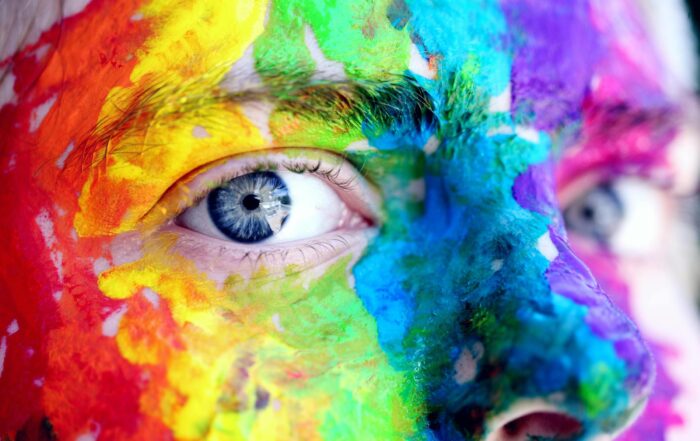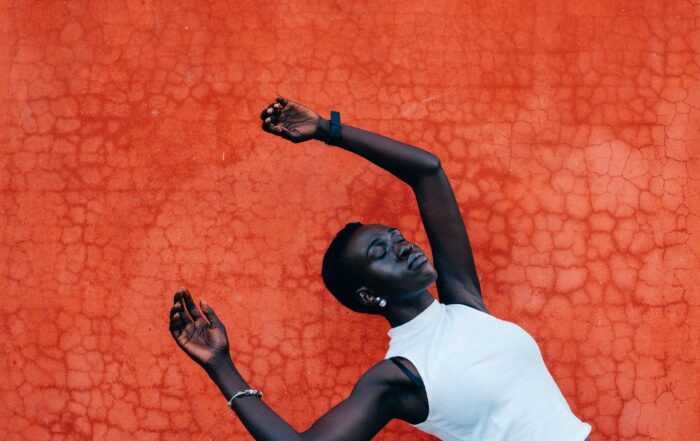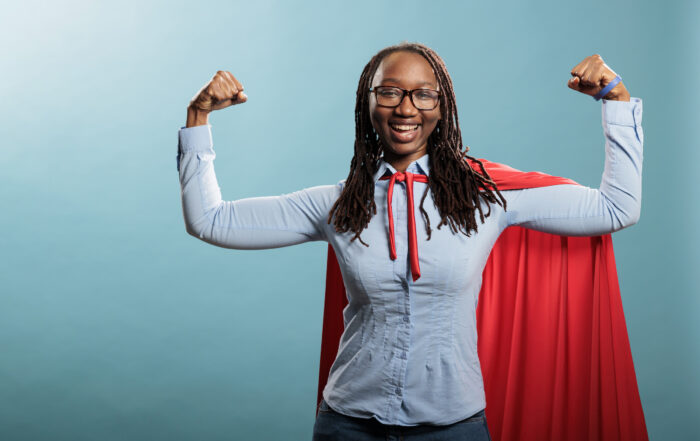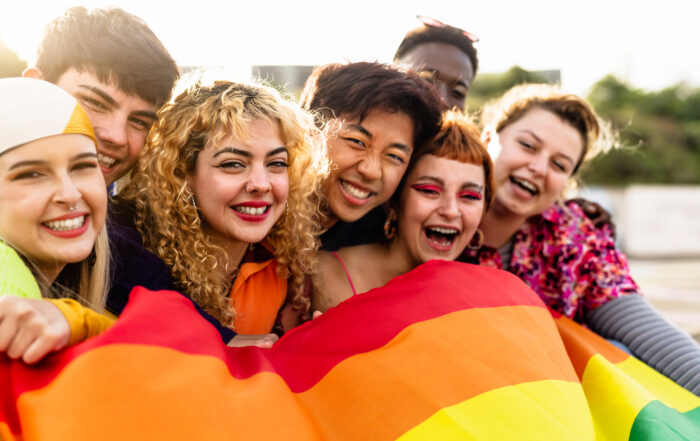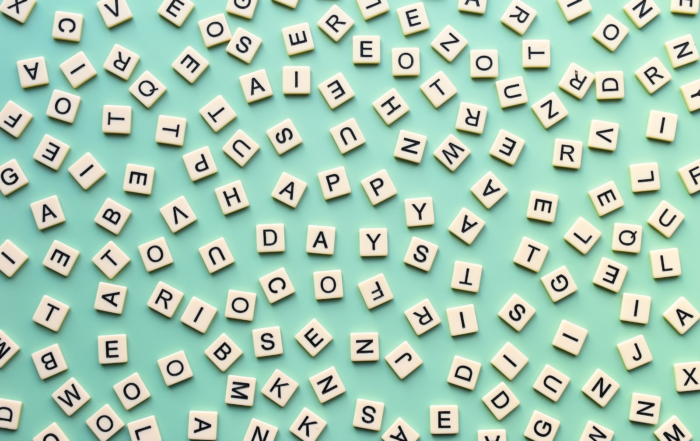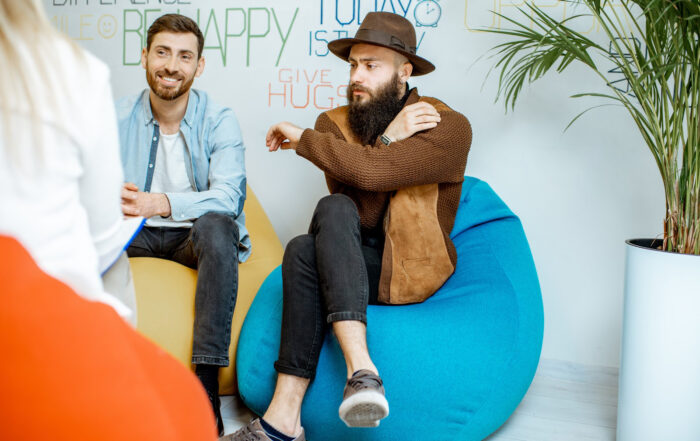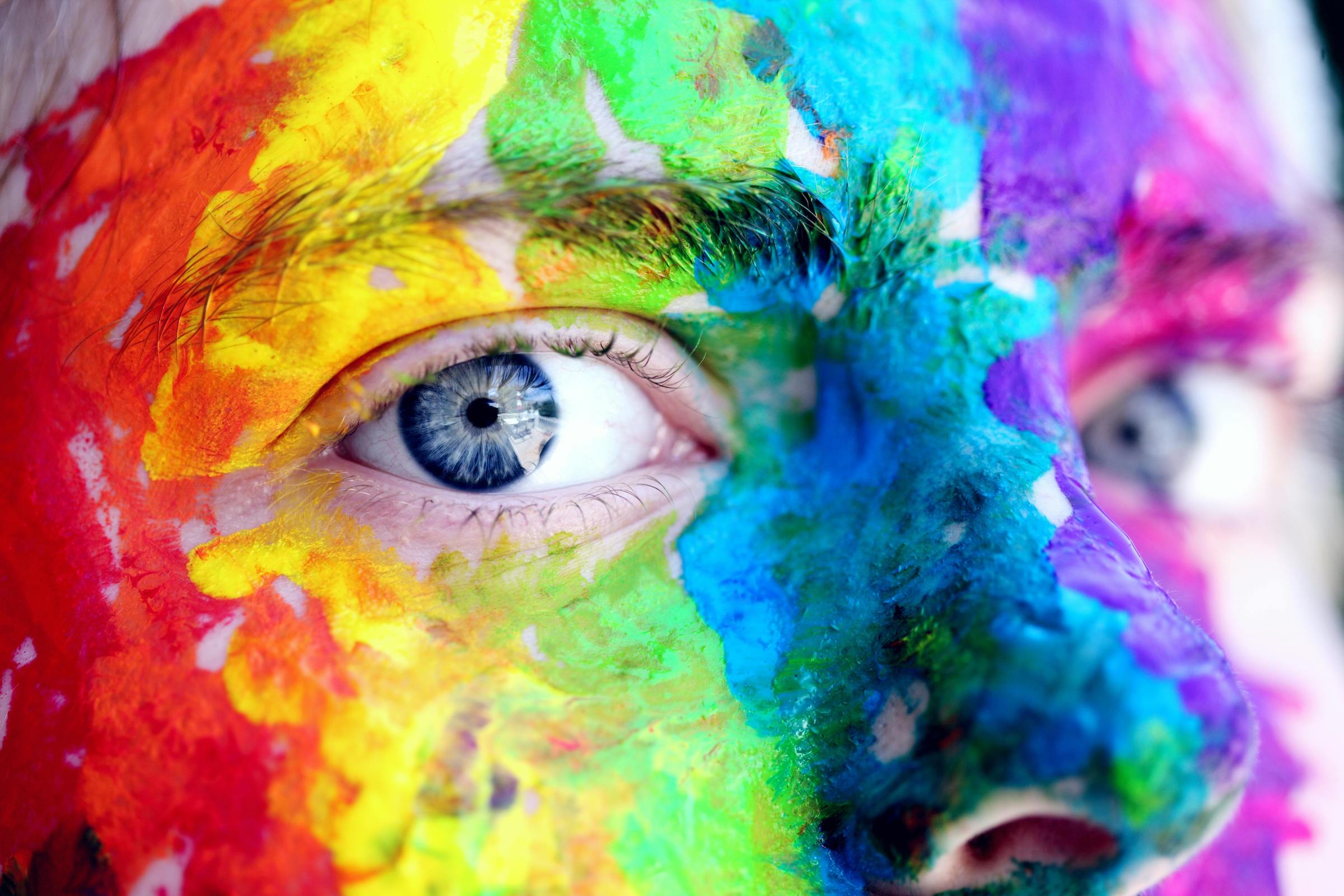
June is more than just the start of summer—in many places around the world, it’s also a time for celebration, reflection, and advocacy for the LGBTQIA+ community.
Pride Month is full of colorful parades, festivities, and—sure—merchandise. But it’s first and foremost a deep and vibrant acknowledgement of the identities, experiences, and struggles that make up a wide and diverse community of people.
It’s a time when a spotlight shines on the LGBTQIA+ experience and highlights the importance of being seen, heard, understood, and loved. In June, we remember how vitally important representation is—how the stories we see in the media and the voices we hear in the public arena can significantly impact our self-perception and sense of belonging.
For those with intersectional identities—race, ability, faith, or other aspects of ourselves—representation can become even more critical.
The Power of Seeing Ourselves: Why Representation Matters
Media does more than entertain—it acts as a mirror for our societal norms, values, and the ways we collectively feel about ourselves.
For the LGBTQIA+ community, representation is more than just simple visibility. It’s a matter of acknowledgement, understanding, and validation. It can make us feel more accepted in the environment we’re in and more free to be ourselves without fear. As it fosters that sense of belonging, it can enhance our self-esteem and even help us understand ourselves more deeply within the context of the society we live within.
We live in a world where media also shapes public perception in a big way. Positive, authentic representation of the LGBTQIA+ community can act as a powerful agent for change, affirming the existence, humanity, and dignity of LGBTQIA+ individuals.
Negative representation in media narratives, however—like stereotypes, tokenism, mockery, or total invisibility—can further misconceptions and feed stigma. It diminishes the visibility and perceived worth of our community, and this can significantly impact our individual mental health, increasing feelings of isolation, alienation, and fear.
That’s not to say that positive media representation is a cure for all ills. In fact, it can still be a lightning rod of sorts for misconceptions, stigma, and an angry, vocal minority who will likely not be swayed from their anti-”woke” agenda.
But when we call for more inclusive and representative media, it’s based on a growing body of evidence that shows the very real benefits of positive portrayals of the LGBTQIA+ community—and the harm those negative (or absent) portrayals can cause.¹
But the journey continues. Because while we’ve made great strides in recent years, there is still significant under- and misrepresentation of our community. We still fight to be visible at all, let alone in a positive light.
And that’s where the month of June truly shines.
The Fallacy of “Straight Pride”
So why can’t we have “straight Pride” month, then?
It’s only fair if we can have “straight Pride,” too.
You’d be mad if we tried to have “straight Pride.”
I think we’ve all heard the rebuttals, and most of us understand a straw man argument when we hear one. Asking “Why isn’t there a straight Pride?” comes from a deep misunderstanding of the celebration’s core purpose.
Pride is a statement—it’s a pushback against the discrimination the LGBTQIA+ community faced for many generations and continues to face to this day. It spotlights the challenges and injustices our community has dealt with, and it celebrates our resilience.
Straight pride is unnecessary because heterosexual relationships have been affirmed and broadly represented throughout history in all societies. The LGBTQIA+ community has had to fight for basic rights, visibility, and relative safety.
Pride also serves as a reminder that dignity and respect for the LGBTQIA+ community should not be limited to a single month. June might be a time for heightened visibility, advocacy, and celebration, but we should be free to experience those things throughout the calendar year.
We don’t, however, and that’s why Pride remains uniquely necessary for our community.
The Significance of LGBTQIA+ Representation During Pride
Pride is born from a history of protest and the fight for rights for the LGBTQIA+ community. It serves as a critical period of visibility, affirmation, and celebration. June is a time to focus on and highlight the resilience, achievements, and diversity of LGBTQIA+ people, while also acknowledging the ongoing work for acceptance and equality.
Pride isn’t just about the colorful display of rainbows—it’s deeply rooted in visibility, representation, and the pursuit of a society where everyone can live openly, as themselves, without fear.
The essence of Pride is its ability to bring LGBTQIA+ stories and issues into the wider public consciousness. It’s a time when the importance of seeing our experiences and identities reflected in the broader, more mainstream cultural narrative is tangible and clear. For the LGBTQIA+ community, representation during Pride is at its height; it asserts our fundamental right to exist and thrive in a world that has often marginalized and even harmed us.
Pride serves as representation for the LGBTQIA+ community, bolstering our sense of belonging and mutual care. It’s also an invitation to society at large—an invitation to listen, learn, and grow in their support of inclusivity.
Navigating Complex Identities & Finding Support Beyond Pride
But what about those of us with more complex identities?
Intersectionality, a framework developed by Kimberle Crenshaw, is vital in understanding how multifaceted identities navigate the world. This framework acknowledges that people aren’t just experiencing the world through a lens of sexual orientation, gender identity, race, disability, socioeconomic status, or religion, for example—they’re experiencing an often compounding matrix of identity that includes all of those things. These intersecting identities mean that we’re all experiencing unique journeys when it comes to privilege, access to resources, and oppression.
For individuals at the crossroads of multiple marginalized identities, representation may be even less common. That means finding support that truly understands and respects the complexity of our experiences is crucial.
Seek Out Inclusive Therapists and Counselors
Look for professionals who explicitly mention their experience with or commitment to serving LGBTQIA+ clients and other marginalized groups. Many therapists list their specializations and approaches on directory profiles or individual websites.
Community Organizations and Groups
Many areas have community centers or online forums that cater specifically to LGBTQIA+ individuals and those with intersecting identities. These can be invaluable sources of support, information, and connection.
Advocacy and Support Networks
Organizations that focus on specific intersections within the LGBTQIA+ community, such as those dedicated to queer people of color, can provide resources, advocacy, and a sense of belonging.
Educational Resources
Engage with books, podcasts, and other materials that explore the experiences of people with similar identities. These can offer insights, comfort, and validation.
Remember that you deserve to find a place where every part of you is seen, respected, and nurtured. It’s out there, even if it’s not quite as straightforward to find.
LGBTQIA+ Representation As a Celebration
In the end, Pride Month not only spotlights the struggles of the past but underscores the incredible importance of representation for the LGBTQIA+ community as we move forward into new media spaces and beyond.
It’s a time of beautiful celebration, and it’s also a moment to reflect on the need to keep striving—for rights, for equality, and for the kind of inclusivity that normalizes the representation of the LGBTQIA+ community, with all of our intersecting identities, in everyday moments.
Seeking to connect with an LGBTQIA+ therapist in Texas? Reach out!


